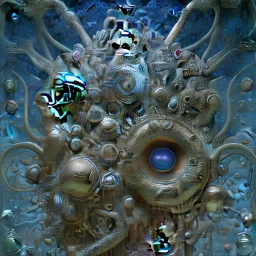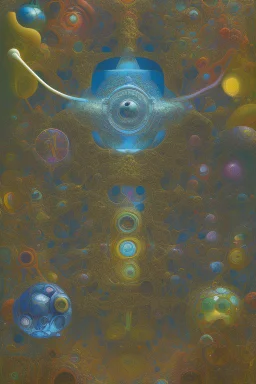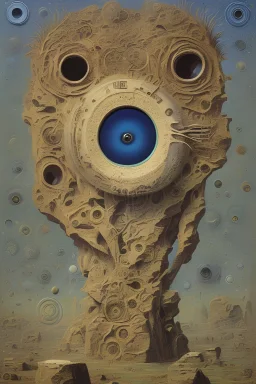
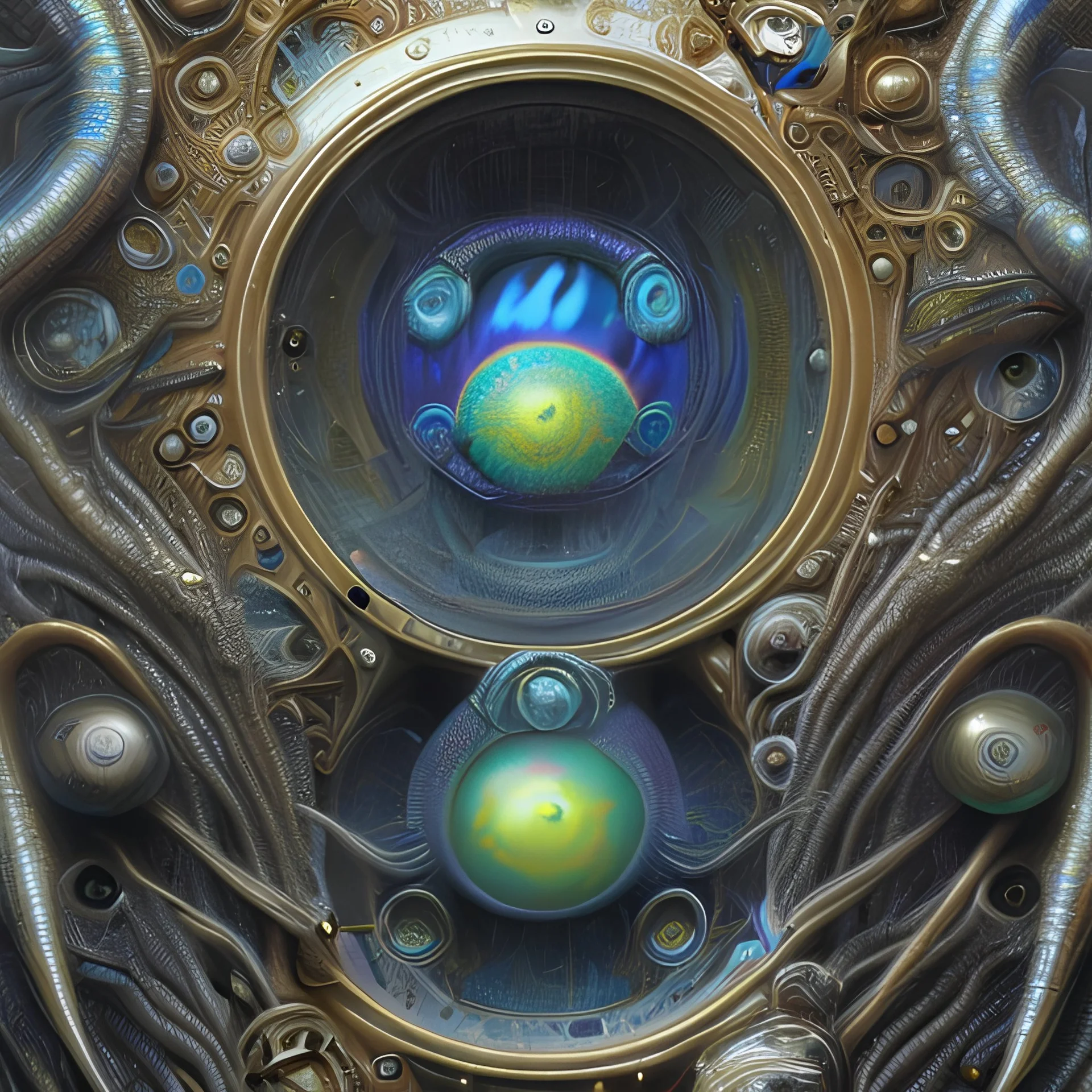
@Mabaaigen
Prompt
realistic extremely detailed photo of odd beings 3d, mix of Max Ernst, Jean Delville, Ernst Haeckel, Edward Robert Hughes, Stanisław Szukalski, rich moody colors, sparkles, holographic krypton ion, blue eyes, octane render, 8k, f32, 55mm photography
3 years ago
Model
Openjourney
Guidance Scale
12
Dimensions
2048 × 2048
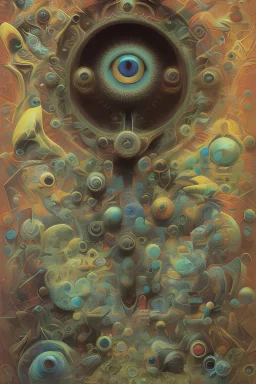
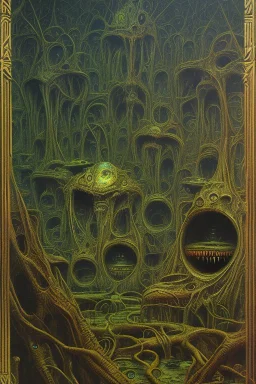
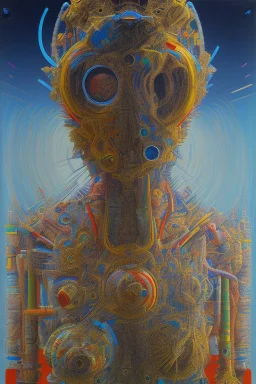
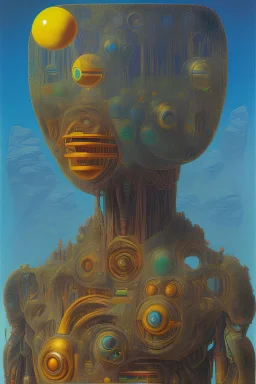
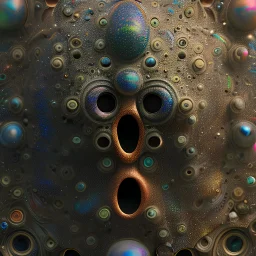
![For The Eye of Silence Max Ernst employed a technique called decalcomania to create arbitrary textures on the canvas, which he then reworked to resemble rock formations and forms of animals, plants, and architecture.[4] The imagery on the surrealist canvas has been described as a primordial-like landscape, "in which rock-hard and gelatinous formations coexist under a forbidding sky."[1] The Eye of Silence has also been described as, "part vegetation, part rock and part bejewelled baroque palace.](https://img.stablecog.com/insecure/256w/aHR0cHM6Ly9iLnN0YWJsZWNvZy5jb20vODFjZTNlY2QtNGQ3NC00OTRmLTlhNTEtZmVkODY1NzUxYzVmLmpwZWc.webp)
